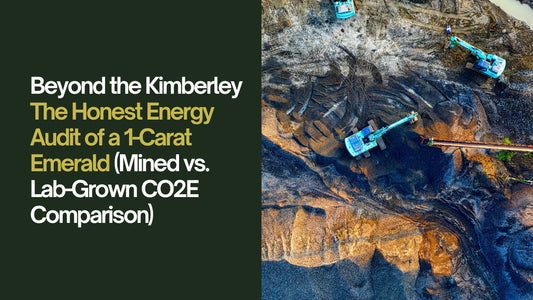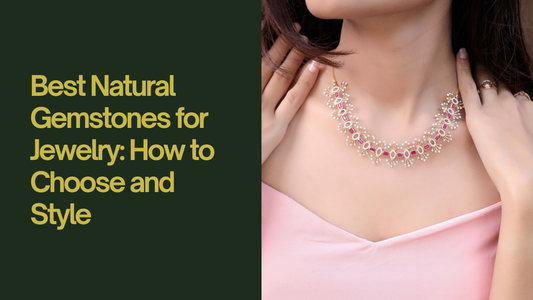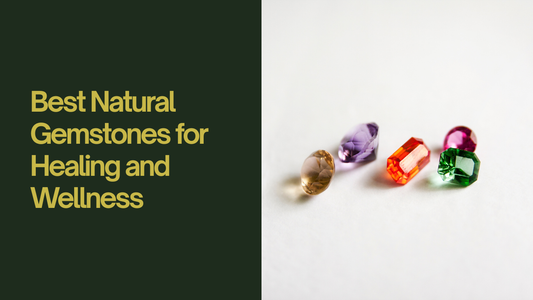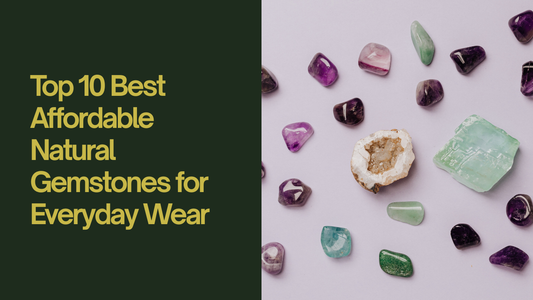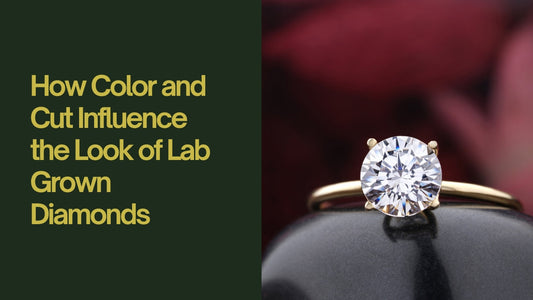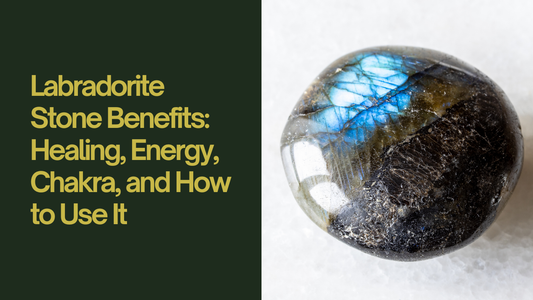
4Cs of Sapphire: A Guide to Choosing a High-Quality Sapphire
Choosing a high-quality sapphire can be exciting, but it’s important to know what to look for. Like diamonds, sapphires are graded based on the Four Cs: Color, Clarity, Cut, and Carat Weight. Each of these factors plays a role in determining the beauty and value of a sapphire. Let’s break down the 4Cs and learn how to pick the best sapphire for you.
1. Color: The Most Important Factor
When it comes to sapphires, color is the most important factor in determining the quality. Sapphires come in a variety of colors, including blue, pink, yellow, green, and even white. However, the most famous and valuable sapphires are blue.
- Hue: The hue is the basic color of the sapphire. The most desired hue for blue sapphires is a rich, deep blue with no hints of green or purple. The more vivid and pure the blue, the higher the value.
- Tone: The tone refers to how light or dark the color appears. The ideal sapphire has a medium to medium-dark tone—not too light and not too dark.
- Saturation: This describes the intensity or brightness of the color. Sapphires with high saturation are more valuable because their color appears more vivid and vibrant. If a sapphire has dull or grayish color, it will be less valuable.
Example: The best blue sapphires have a color similar to a clear evening sky. They are neither too light nor too dark and have a strong, vivid blue color that catches the eye.
2. Clarity: The Fewer Inclusions, the Better
Clarity refers to how clean or clear the sapphire is, which means how many inclusions (tiny internal marks or flaws) it has. Unlike diamonds, where flawless stones are highly prized, sapphires almost always have inclusions. However, the fewer visible inclusions, the higher the value.
- Eye-Clean: The best sapphires are eye-clean, meaning they have no inclusions visible to the naked eye. These sapphires are rare and more valuable.
- Common Inclusions: Inclusions in sapphires can look like tiny crystals, feathers, or clouds. These inclusions affect the transparency and brilliance of the stone, so fewer inclusions make for a more beautiful sapphire.
Example: A high-quality sapphire will have inclusions, but they won’t be noticeable unless you use a magnifying glass. Sapphires with fewer visible inclusions are considered clearer and more valuable.
3. Cut: Maximizing Brilliance and Sparkle
The cut of a sapphire refers to how well it has been shaped and faceted by a gem cutter. A well-cut sapphire will reflect light beautifully, making it sparkle and shine. Unlike diamonds, which have strict cut grades, sapphires don’t follow a specific grading system for cuts. However, the cut still plays a major role in the sapphire’s appearance.
- Symmetry: A good cut should have excellent symmetry, meaning all sides and angles of the sapphire are even. Symmetry enhances the beauty and sparkle of the gemstone.
- Shape: Sapphires can be cut into different shapes, like round, oval, cushion, pear, and emerald cuts. The most common shape is oval, but any shape can be beautiful if the cut is done well.
- Proportion: The proportions of the sapphire should be balanced. If a sapphire is cut too shallow or too deep, it won’t reflect light as well and will appear less brilliant.
Example: A well-cut sapphire, no matter the shape, will sparkle when it catches the light. Poorly cut sapphires may look dull or lifeless.
4. Carat Weight: Bigger Isn’t Always Better
Carat weight refers to the size of the sapphire. One carat equals 200 milligrams. While larger sapphires are rarer and can be more expensive, size isn’t everything when it comes to quality.
- Bigger vs. Quality: A large sapphire may not be valuable if it has poor color, many inclusions, or a bad cut. Smaller sapphires with excellent color and clarity can be worth more than larger, lower-quality stones.
- Price Per Carat: As the carat weight increases, so does the price. However, remember that a high-quality sapphire that’s small will still look stunning and might be more affordable than a larger one.
Example: A smaller sapphire with a beautiful color and excellent cut can be more valuable and attractive than a large, low-quality stone. Always consider the 4Cs together when choosing a sapphire.
Additional Tips for Choosing a Sapphire
- Origin: Some sapphires are more valuable depending on where they come from. For example, Kashmir sapphires are extremely rare and highly prized for their rich blue color.
- Treatment: Many sapphires are heat-treated to improve their color and clarity. This is a common practice, but untreated sapphires are more valuable. Always ask if the sapphire has been treated.
- Certification: Always buy sapphires that come with a certificate from a reputable gemological lab. This will ensure you’re getting a real sapphire and not a synthetic or treated stone.
Conclusion: How to Choose the Perfect Sapphire
Choosing a high-quality sapphire doesn’t have to be difficult if you keep the Four Cs in mind: Color, Clarity, Cut, and Carat Weight. Always prioritize color—the deeper and more vivid, the better. Look for a clean stone with few inclusions, and choose a sapphire with a well-done cut to maximize its sparkle. While carat weight can affect price, remember that smaller high-quality sapphires can be just as beautiful as larger stones.
With these tips, you’ll be able to find the perfect sapphire, whether it’s for an engagement ring, necklace, or a special piece of jewelry. The right sapphire will last a lifetime and be cherished for generations to come!
